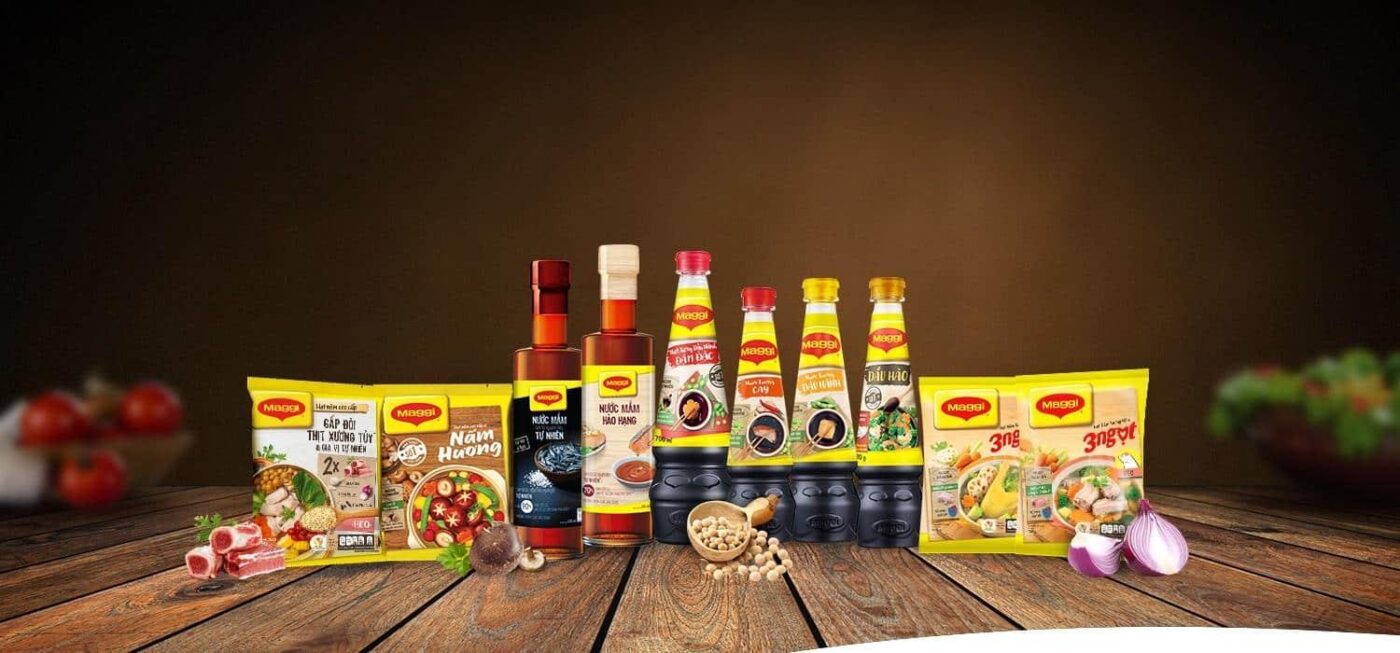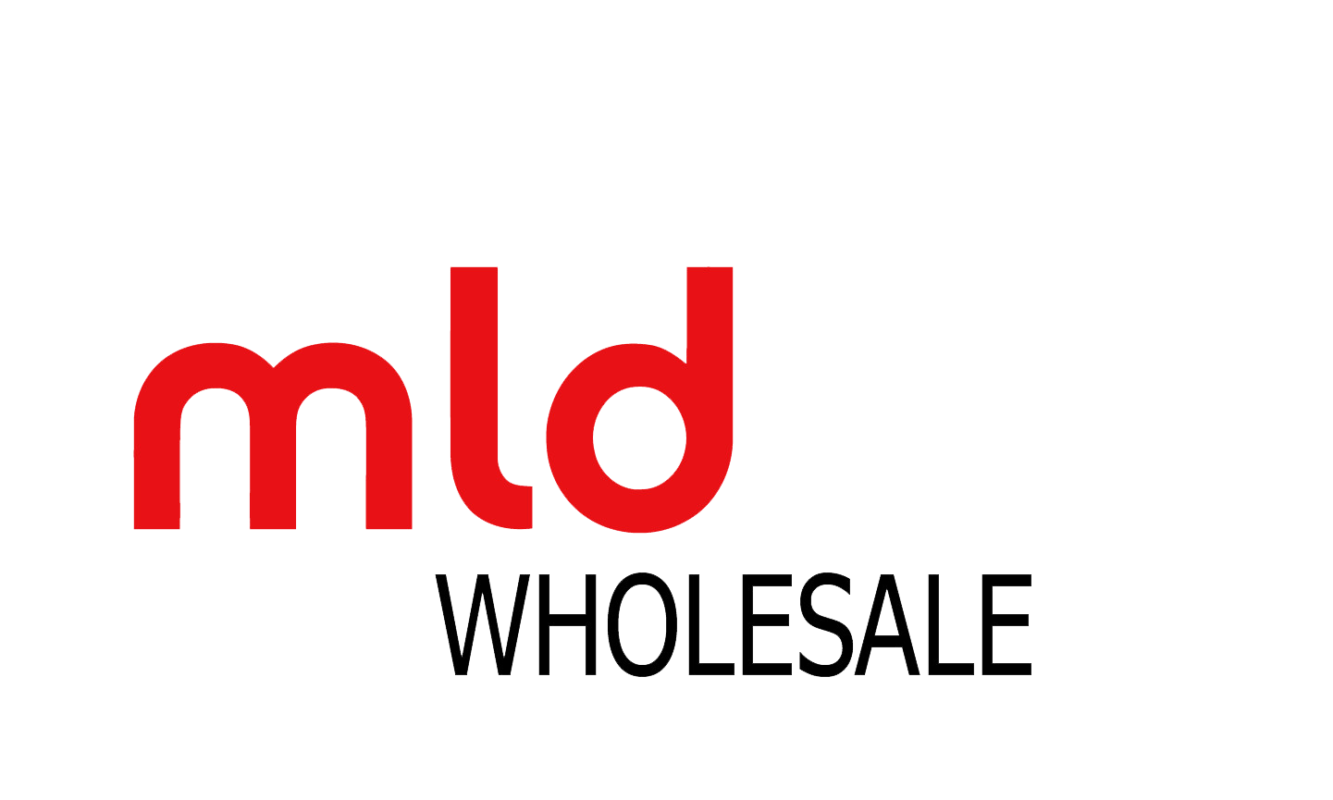On the Vietnamese spice market, there is a tough competition between potential foreign enterprises and experienced local businesses.
According to Nielsen Market Research Company, between now and 2022, the Vietnamese seasonings and sauces market will increase by an average of 25-32 percent per year. Vietnamese companies are attempting to compete with foreign firms in this prospective market.
VIETNAMESE PEOPLE’S SPICE CONSUMPTION HABIT
According to data from the Institute of Tropical Biology’s scientific report on the spice industry in Vietnam and around the world, Vietnamese people consume roughly 450,000 tons of spices each year on average.
According to a 2013 survey by research company Kantar Worldpanel, Vietnam consumes roughly 1,500 tons of seasoning products each year.

Seasoning powder has been used as a substitute for monosodium glutamate (MSG) in numerous Vietnamese cooking recipes for more than a decade. Knorr (Unilever), Maggi (Nestlé), Aji-Ngon (Ajinomoto), and Miwon are the leading brands in this market. It’s worth noting that the condiment that’s changing Vietnamese customers’ cooking habits comes from American investors.
In reality, domestic investors were involved in the seasoning powder sector, but they swiftly abandoned it. Masan, for example, had Chinsu seasoning when Unilever developed Knorr seasoning. Masan, however, opted to exit the market only 5 years later, when the market share was consistently less than 5%.
SPICE AND SEASONINGS MARKET SHARE
While international brands dominate the seasoning powder industry in Vietnam, Vietnamese companies such as Masan Consumer, Cholimex Food, Trung Thanh, and Nam Duong are discreetly trying to assert their place in the sauce and chilli sauce market.
Fish sauce and soy sauce are the most often used sauces in Vietnam, according to Nielsen’s survey. Masan Consumer (Masan Group) in particular today has the greatest market share. The market for chili sauce and ketchup is estimated to be worth 847 billion VND per year, according to Masan Group’s 2015 financial report. The output growth rate is 11% each year, but the value growth rate is 20%. Because of increased consumption demand in rural areas and production facilities, the growth rate of chili sauce is expected to accelerate.

Cholimex Foods also demonstrates the market’s attractiveness, as the chili sauce segment contributes significantly to the company’s overall revenues. Cholimex Foods has experienced an average yearly revenue and profit growth rate of around 30% in recent years. With a market share of 37%, this brand is a close second to Masan Consumer (that of Masan is 43 percent). Furthermore, Cholimex’s market share remains consistent when it is chosen as a supplier for the retail system of Pizza Hut Vietnam fast food restaurants.
In addition, Saigon Co.op entered this market by establishing the joint venture Nam Duong International Food Co., Ltd. with Wilmar International Limited (Wilmar), which produces sauces, spices, and sauces under the Nam Duong brand.
Is there opportunity for other companies in the spice and sauce sector, aside from the major players?
Vietnamese brands are still competing against a number of obstacles. For example, if they want to enter the supermarket system, they will have to pay up to 25% in trade discounts. At the same time, the reality that Vietnamese customers prefer international products to indigenous ones remains the most significant impediment, causing Vietnamese enterprises to face several challenges right in their own backyard. As a result, domestic firms that wish to survive and grow must carve out a niche by selling in restaurants, pubs, hotels, and other areas.

